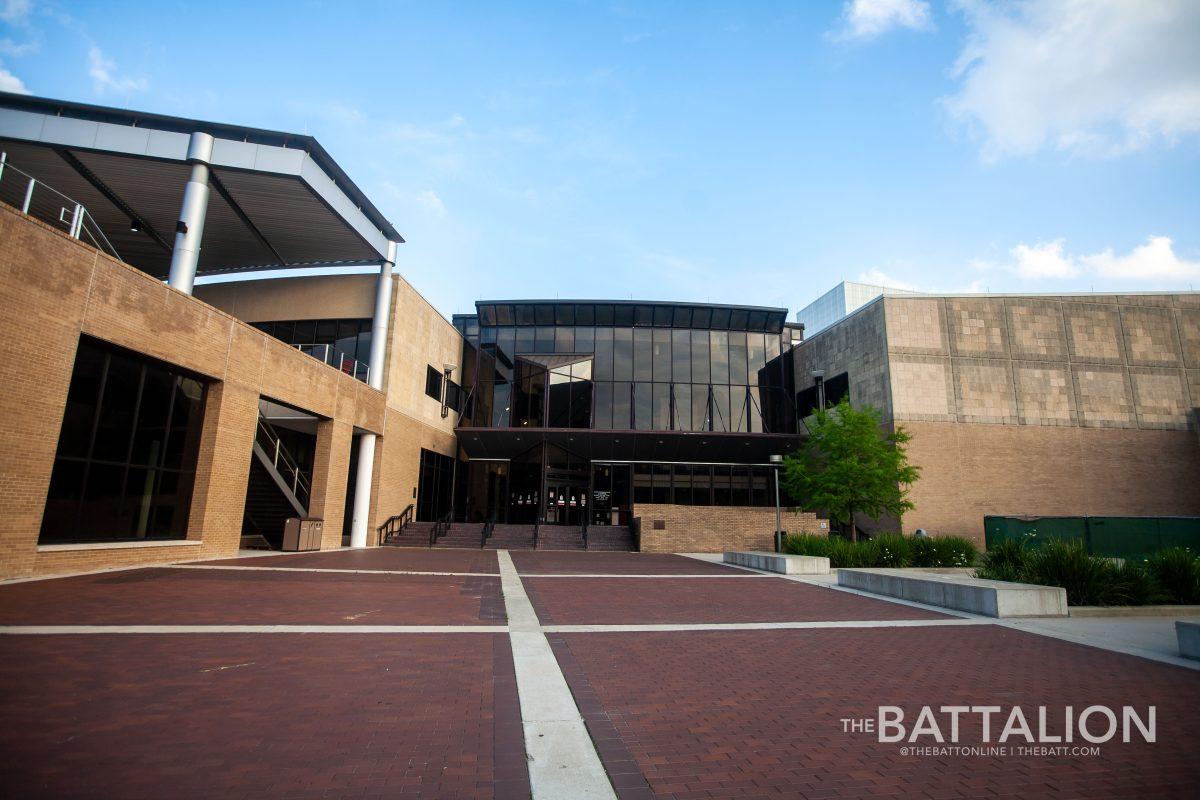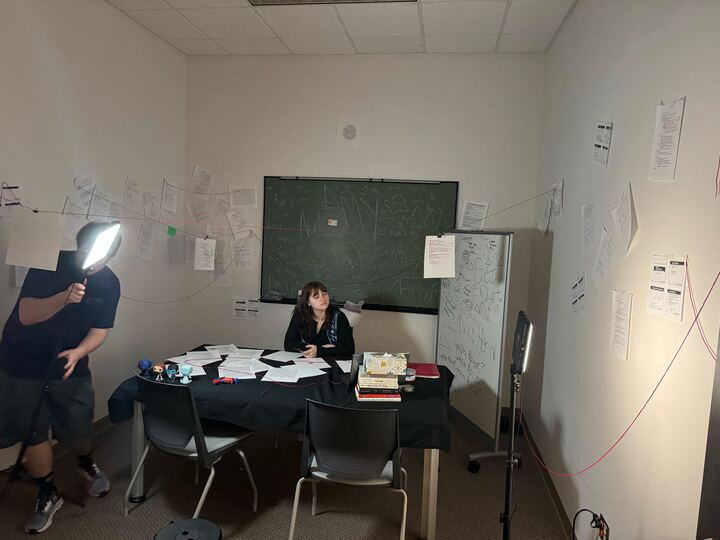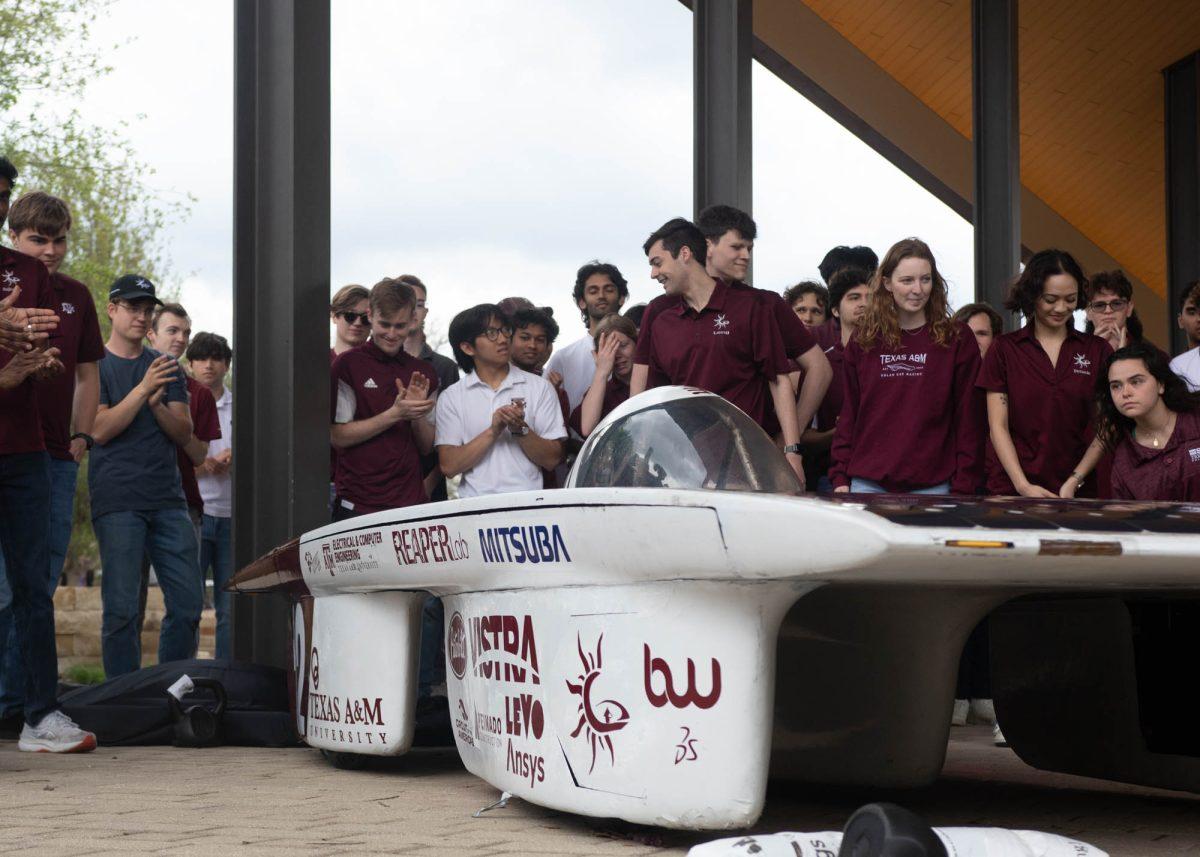Although students spend a majority of their time indoors now, they can still stay active by exercising at home.
With the closure of the Student Recreation Center, some students may not be able to continue their usual exercise routine. However, students can adapt their workouts to an indoor environment by relying on stationary exercises like pushups that use their own body weight as resistance.
Among the students who have had to change their workout routines is business management senior Brice Barnes, whose usual training involves weights and equipment he no longer has access to.
“I don’t have any weights [at home] so I’m having to do everything with body weight,” Barnes said. “There’s a lot that I’m limited in, and it’s harder to target certain muscle groups.”
Despite this setback for students like Barnes, Timothy Lightfoot, a Kinesiology professor and the Director of Huffines Institute for Sports Medicine and Human Performance, said there are still a variety of exercises that people can do inside their homes.
“[You can do] basic kinds of calisthenics: pushups, situps, a lot of stretching exercises,” Lightfoot said. “If you’ve got stairs in your house or outside your house, you can run up and down the stairs. If you’ve got a jump rope and your joints can handle it, you can jump rope inside.”
There is also a variety of online resources for those looking to exercise at home. Denise Woodard, an instructional assistant professor for the Physical Education Activity Program, said her department has been posting workout routines andt tips to help students stay active during this time.
“We have a Facebook page, a Twitter page and an Instagram page for the PEAP department,” Woodard said. “We put out different activities or workouts that can be done or tips for staying healthy.”
Barnes also uses online content to help with his exercises. He recommends that students go to YouTube and watch channels that cover working out.
“Definitely go on YouTube and look at what some of the channels are teaching,” Barnes said. “One of the best channels is Athlean-X. He’s really good at making modifications to exercises that will help you.”
While it is common knowledge exercise is beneficial and leads to better physical health, some students may not realize that exercise has other positive effects. Woodard said that exercise helps with emotional and mental wellness, too.
“It’s been proven that [exercise] is a great form of stress relief,” Woodard said. “It helps with better quality of sleep, and it helps improve intelligence. It helps with emotional stability because it releases serotonin and dopamine whenever you exercise, and it helps to alleviate depression.”
Although physical exertion is important, students should still make sure that they are not exercising too hard. Lightfoot said vigorous exercise can actually weaken the immune system.
“What is not recommended at this point is vigorous exercise because that actually weakens the immune system for a period of time from three to 72 hours after you exercise,” Lightfoot said. “Our idea during this time is that we want to keep our immune system as strong as possible. Regular moderate exercise does that.”
Huffines Institute for Sports Medicine and Human Performance is currently offering lifestyle tips on how to exercise during the COVID-19 pandemic. Students who are interested can visit their web page for more information.
Department of Health and Kinesiology offer isolation exercise tips
April 8, 2020
Photo by Photo by Meredith Seaver
The Student Recreation Center is currently open at 50 percent capacity.
0
Donate to The Battalion
Your donation will support the student journalists of Texas A&M University - College Station. Your contribution will allow us to purchase equipment and cover our annual website hosting costs.
More to Discover









